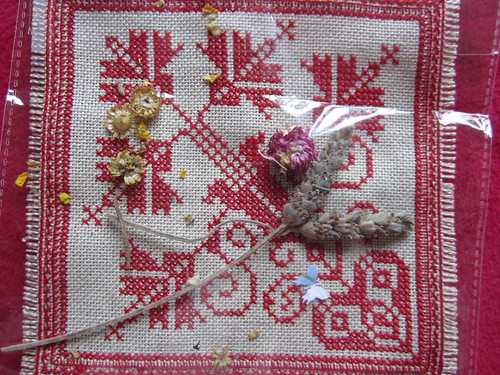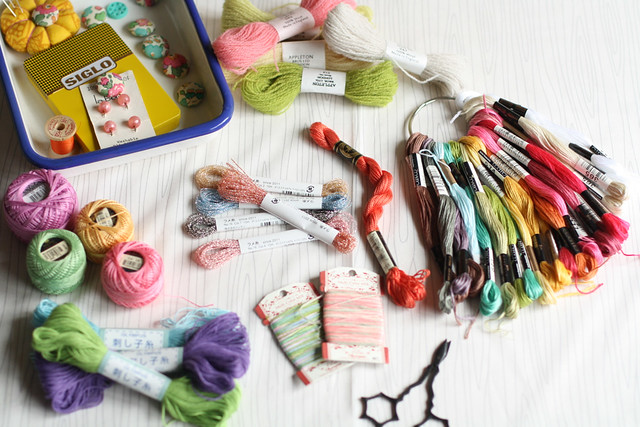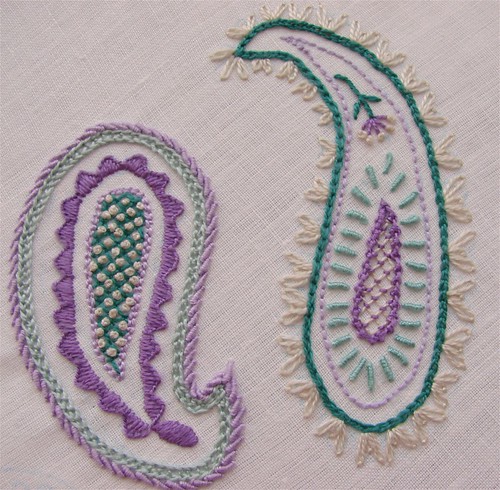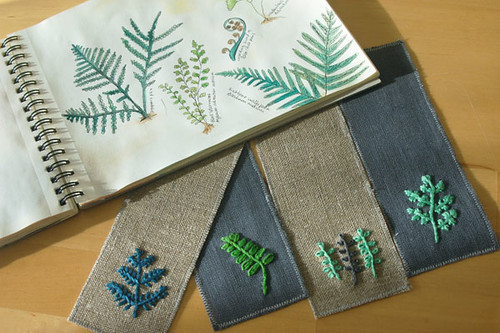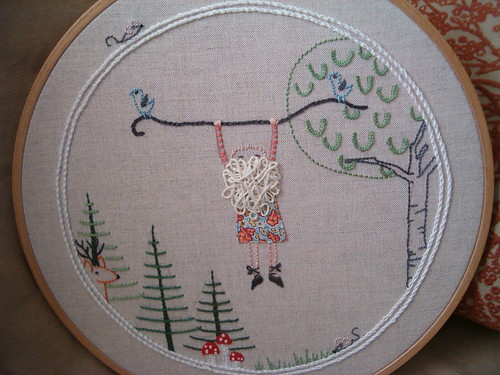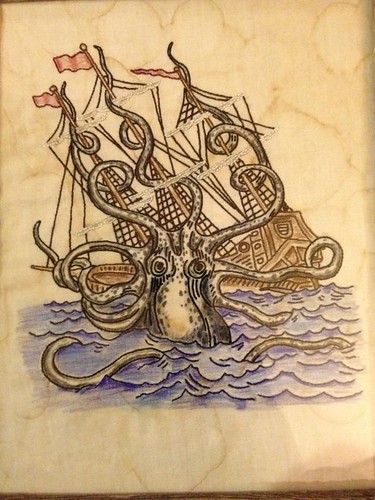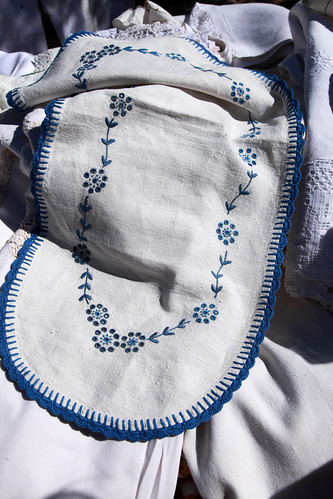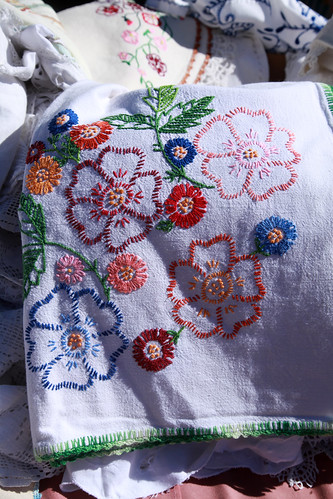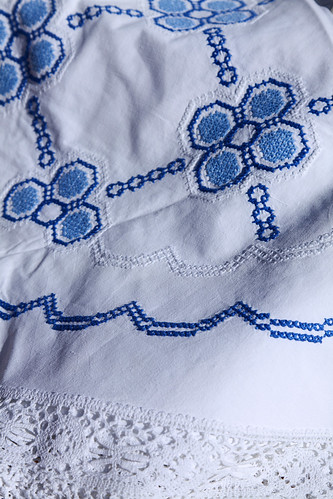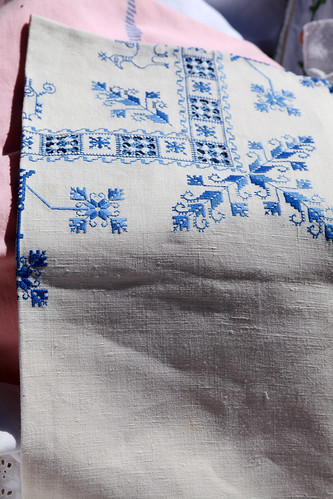Olá! This week I bring you one of the most famous regional embroidery from Portugal - Guimarães Embroidery. I've not yet reviewed it here on Feeling Stitchy, but I'll be doing it soon. Today I'll only be showing some very beautiful "re-interpretations" of this traditional embroidery made by inspired Portuguese hands...
Bárbara begun "blogging" last Summer and soon she decided to devote her embroidering days to learn Guimarães Embroidery. As in old times she thought of making a sampler. Her blog, ponto cereja (cherry stitch), written in Portuguese, is like a diary on that journey of learning the stitches of Guimarães Embroidery where you'll find many photos of the stitches and illustrated step by step instructions. Now we can say she is an expert and her new works show it, like her brooch or keyring.
But she never forgets which is the best stitch in the world...
 |
| Guimarães Embroidery, by Bárbara, blogged. |
Vânia, from dedal no dedo (thimble on finger), proposes an incredible "reinvention" of Guimarães embroidery... These pieces belong to a project that were shown in the city that gives name to this regional embroidery. The neighboring embroidered little boxes are so cute and original - I simply love them and they were my first choice among Vânia's work. But you must see her "embracing the rain collection" and many other creations. You can get to know more about her work here...
 |
| Embroidered little boxes by Vânia, blogged. |
 |
| Berta's dress inspired by Guimarães Embroidery, by Donalberta |
This amazing neckwarmer is also a great example of how joint efforts can have unpredictable results. The mold of Alice's charming neckwarmers and the stitching of "the girls" (also mother and daughter) from ponto margarida (daisy stitch) created something unique. As always, Alice could not resist to follow all the production process of this piece, beginning in the linen fields. As she usually says" the process is an end in itself" and I believe this was the inspiration for an incredible project (really worth reading - some are translated into English) named "Saber Fazer", where she describes and beautifully illustrates artisanal and semi-industrial production techniques in Portugal. You can get to know Alice better in her blog, noussnouss.







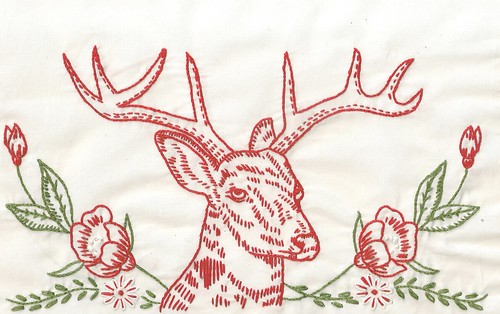

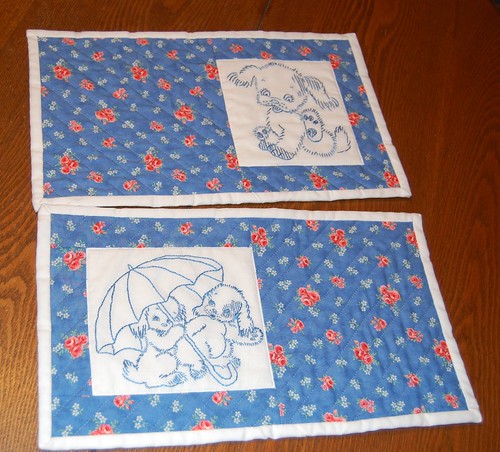


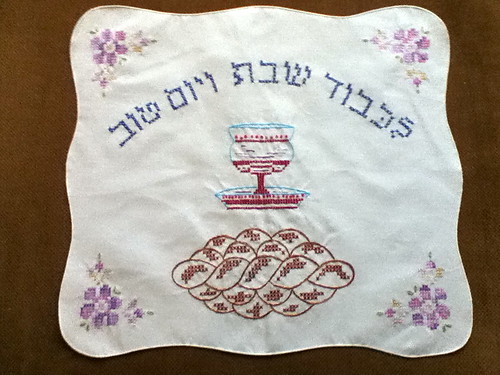











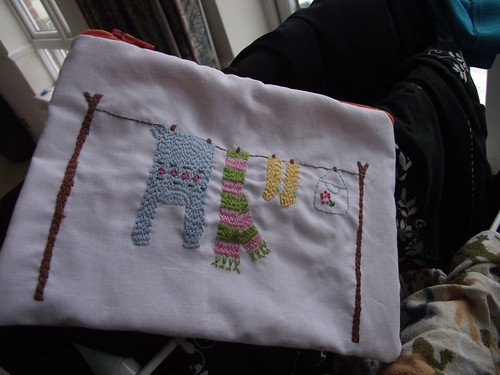
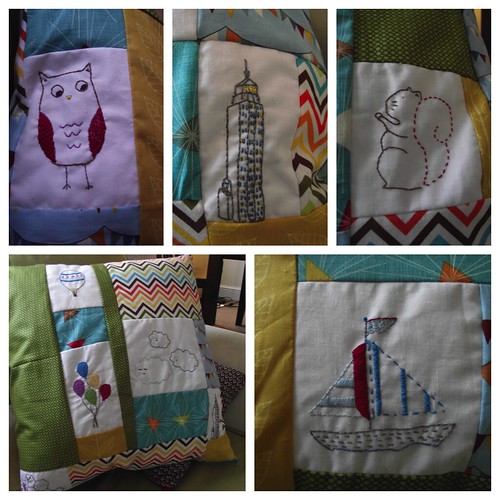
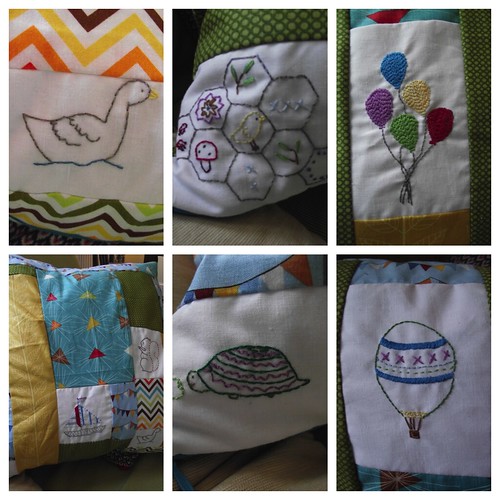
.jpg)
